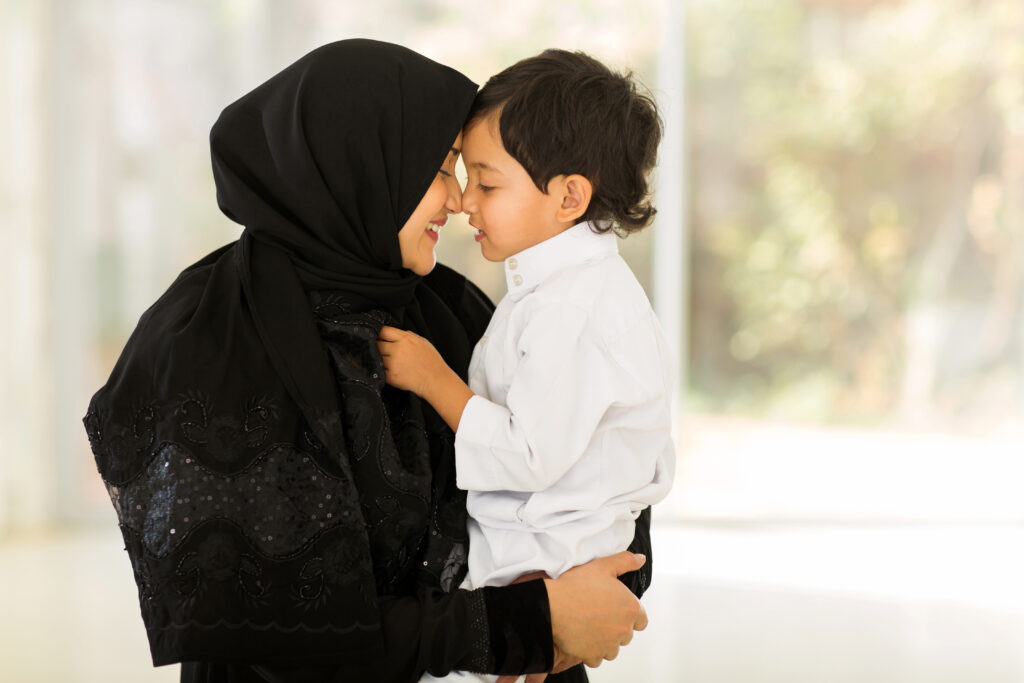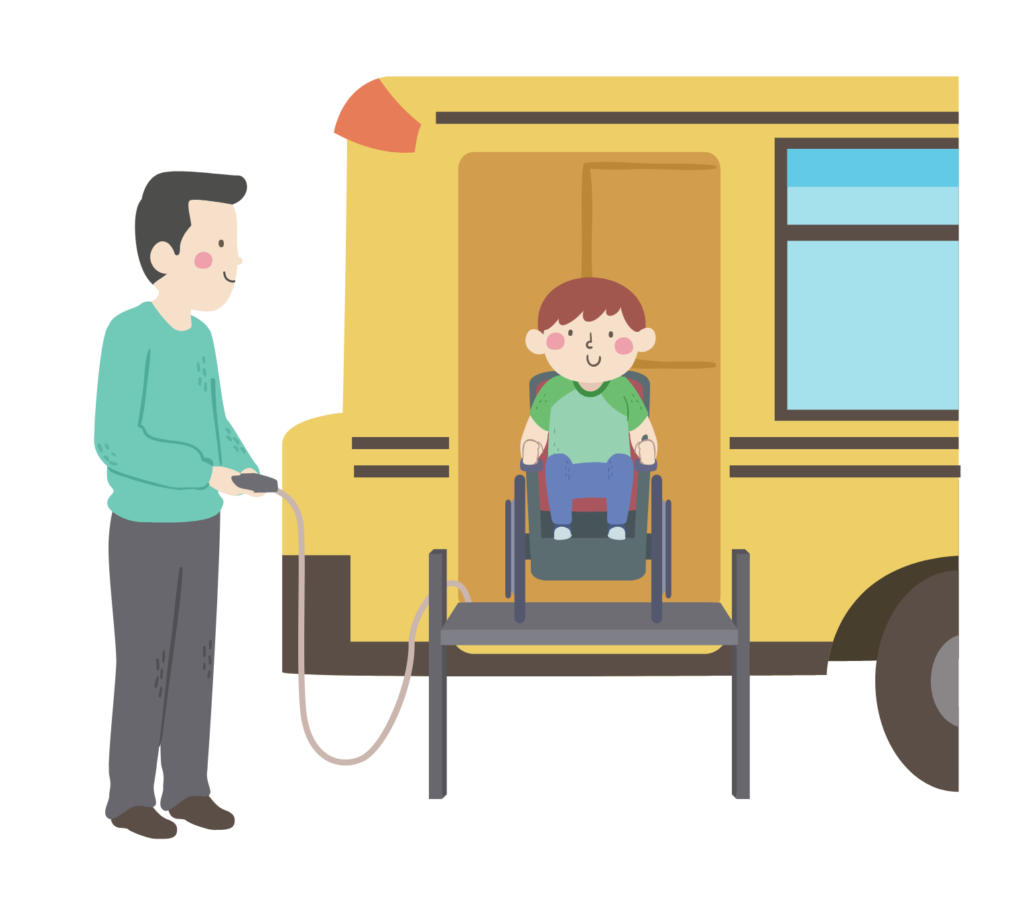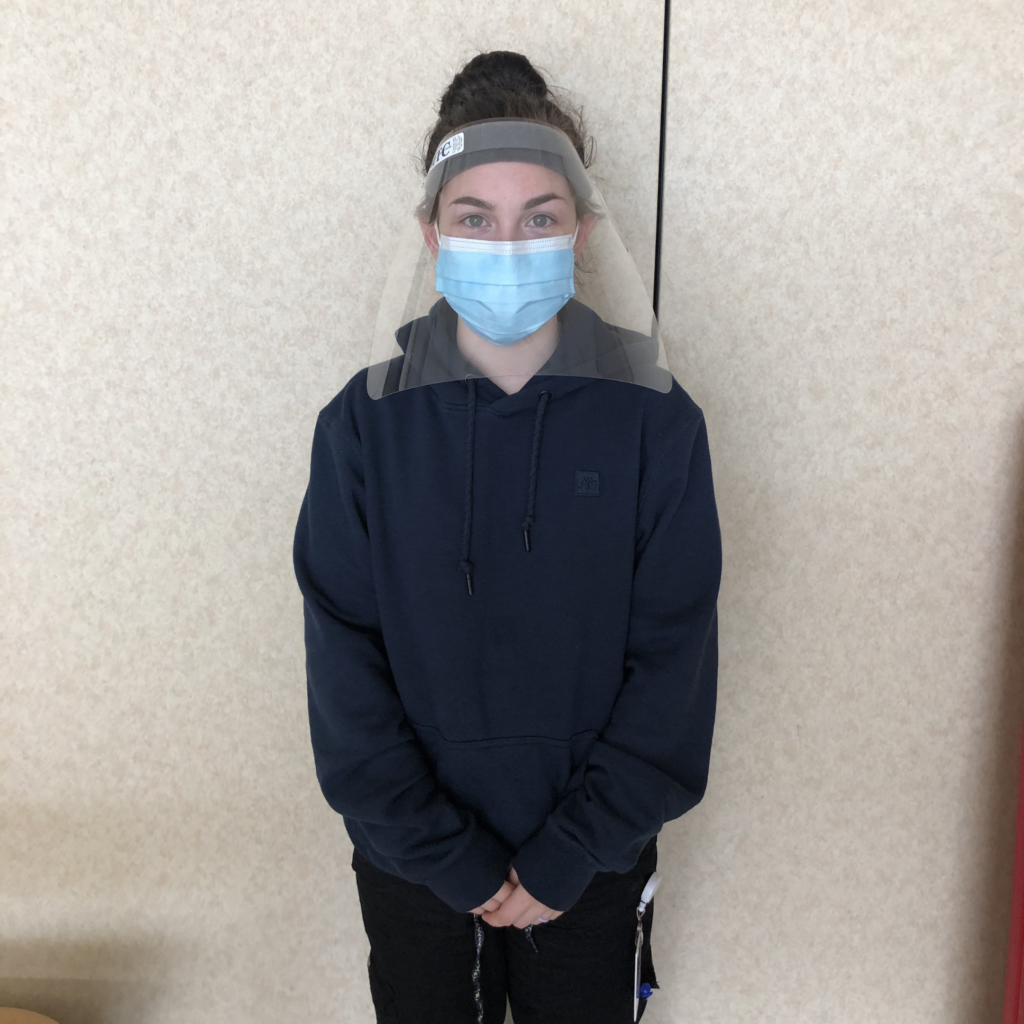Written by Grandview Kids CEO, Lorraine Sunstrum-Mann
Grandview Kids is grieving with Muslim staff, colleagues, clients and families.
In the wake of the horrific hate-filled murders in London, Ontario, Grandview stands beside and with Muslims across Canada in denouncing the hatred and racism directly.
Hopes, prayers, and tears will not address anti-Muslim racism.
I have pondered what I can possibly do as one person to make a difference. I have decided that I can continue to choose love over hate. I commit to denouncing racism when confronted by it, calling out racist jokes or comments, not looking the other way, noticing hatred and calling it out, standing with and for equity deserving communities.
No one is born hating. It is learned. It is radicalized. How does a 20-year-old become so filled with hatred? Certainly not overnight. I cannot imagine that there are not people who saw this hatred being fuelled and looked away. I will not look away.
I had the pleasure of serving on the PCMCH Board with Javeed Sukhera MD Ph.D., who is a Paediatric Psychiatrist out of London, Ontario. He is Muslim. He has educated me. Today he asks us not to look away from the hatred that lives within our midst. Do not give it oxygen; starve it with love and suffocate it with compassion.
Madiha was pursuing her Ph.D. in Geo-environmental Engineering at Western University. Through her writings, she aimed to promote a positive image of the Muslim community, particularly in North America and inspire and motivate the Muslim Youth. Her son now lies in a hospital bed, facing a future without his family. May her writings pave the way for him to see her dream realized: love and compassion.
– Lorraine Sunstrum-Mann, Grandview Kids CEO




